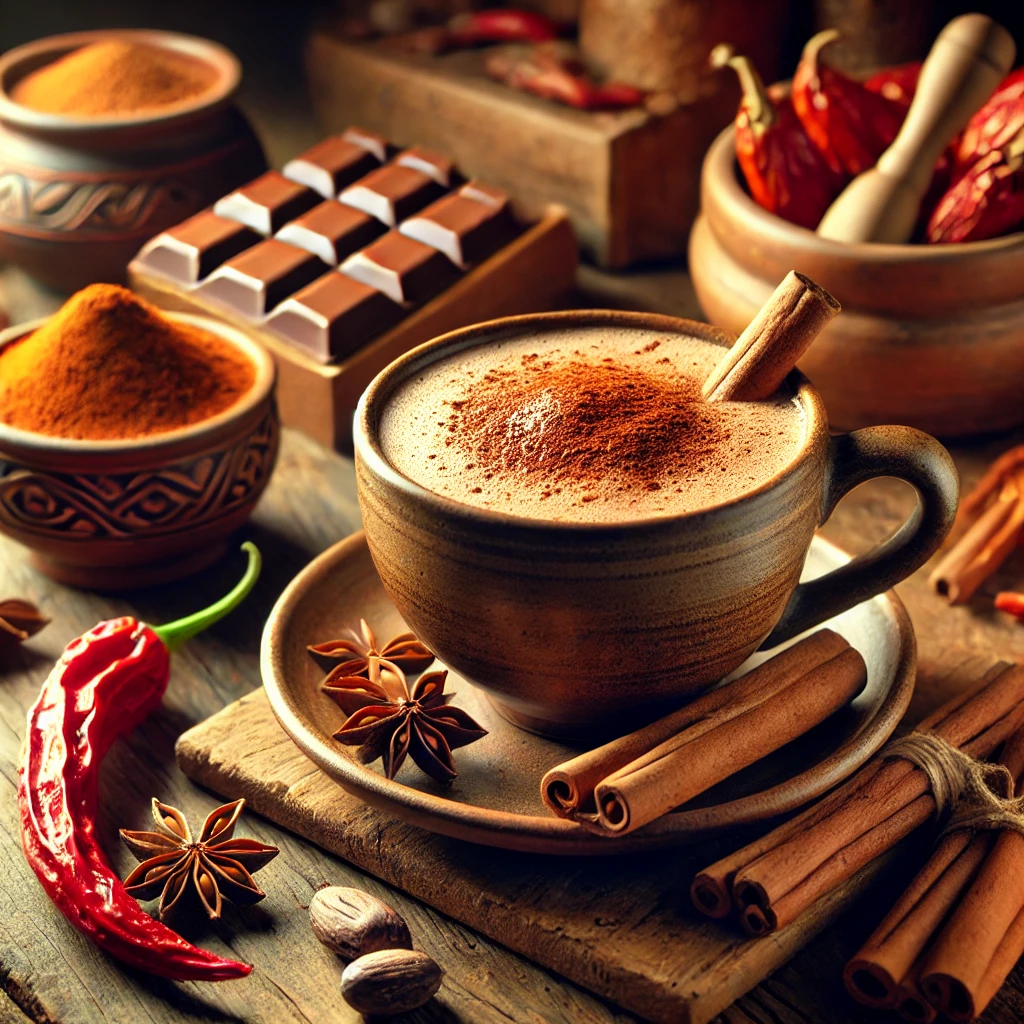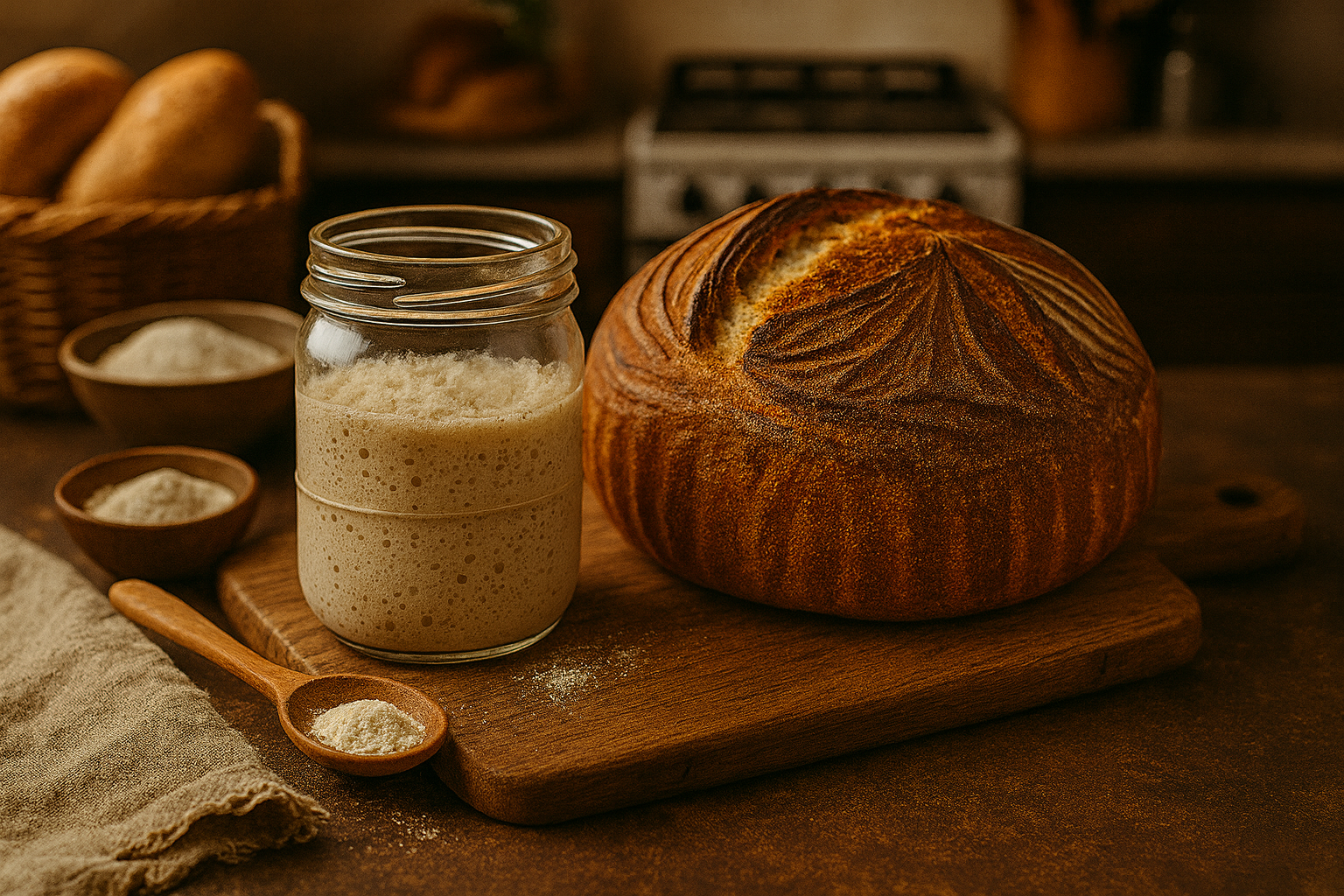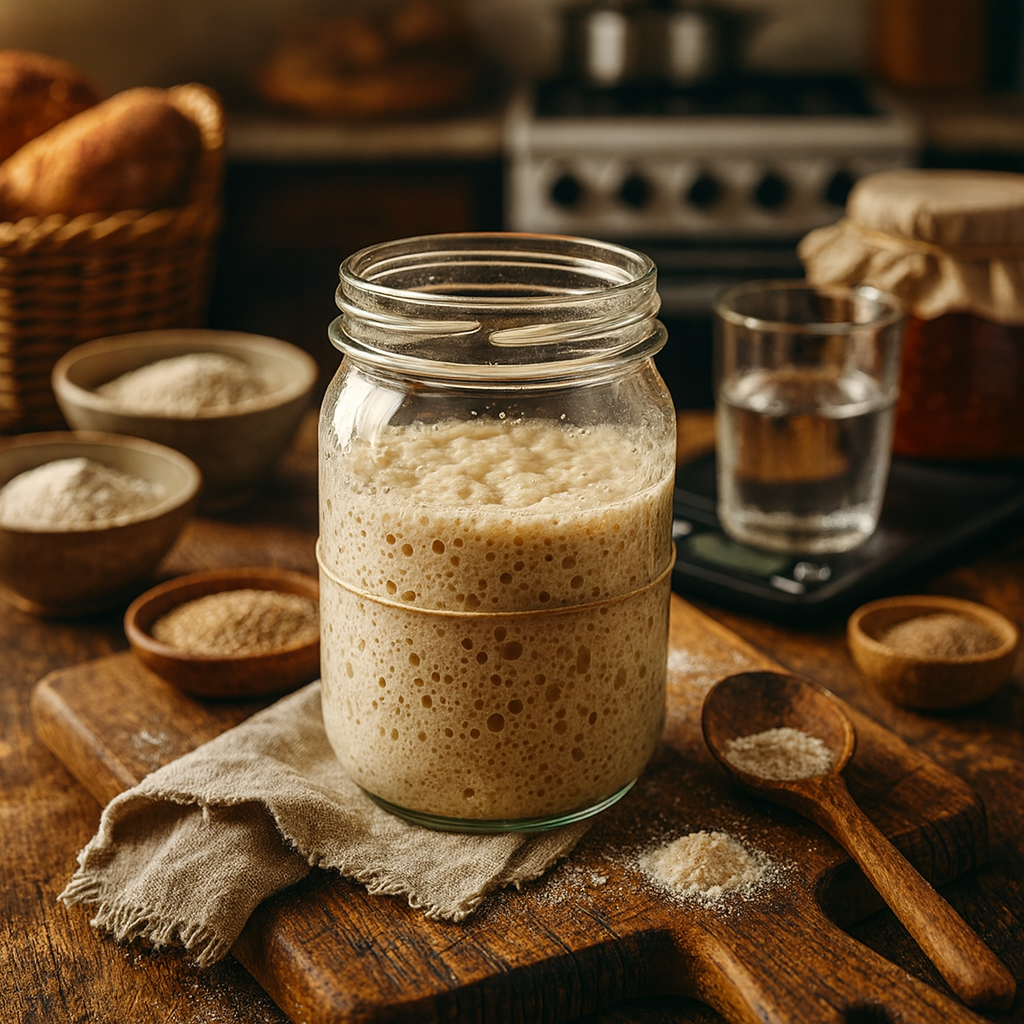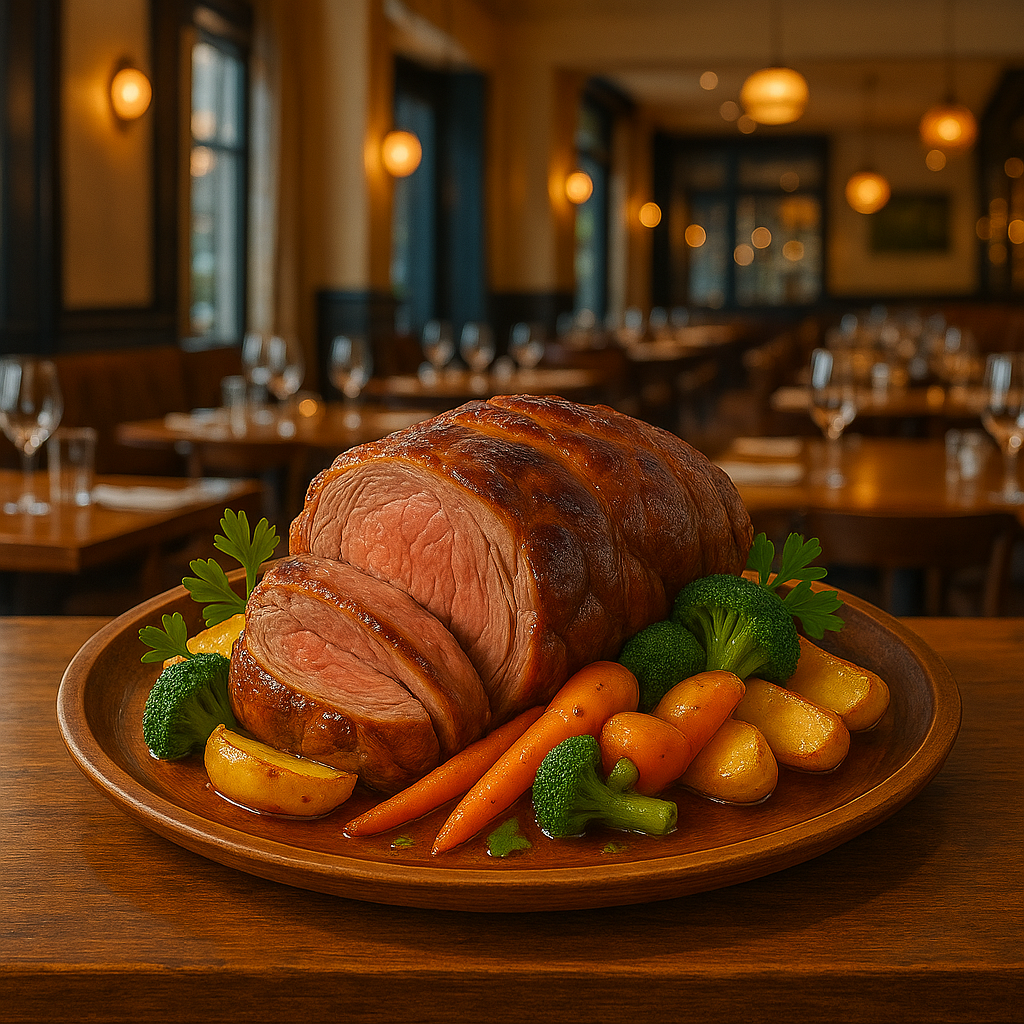Table of Contents
Introduction to Mexican Hot Chocolate
Mexican hot chocolate is more than just a warm beverage; it is a rich cultural tradition that has been cherished for centuries. Originating from the ancient civilization of the Aztecs, hot chocolate was once consumed as a bitter drink made from cacao beans, often flavored with spices such as vanilla and chili peppers. This beverage not only played a role in social rituals but also served as a source of nourishment and was believed to possess invigorating and aphrodisiac properties. Today, Mexican hot chocolate remains a beloved part of the culinary landscape, celebrated for its unique flavor profile and the communal experience it fosters.
The traditional preparation of Mexican hot chocolate distinguishes it from other varieties commonly found around the world. While typical hot chocolate might combine cocoa powder with sugar and milk, the traditional Mexican version utilizes finely ground chocolate or chocolate tablets. These ingredients are combined with water or milk and whisked vigorously to create a frothy, thick drink. Spices such as cinnamon, and sometimes even a hint of nutmeg or allspice, are incorporated to enhance the flavor. The result is a complex and aromatic beverage that reflects the rich agricultural heritage of Mexico.

Ancient Origins: The Birth of Chocolate in Mesoamerica
The history of chocolate traces back to the ancient civilizations of Mesoamerica, particularly the Olmecs, Mayans, and Aztecs, who played pivotal roles in its development and cultural significance. The earliest evidence of cacao usage dates back to around 1500 BCE with the Olmecs, making them one of the first cultures to cultivate cacao trees. The Olmecs likely prepared a frothy, bitter beverage from the cacao beans, which would set the stage for chocolate’s importance in subsequent cultures.
By the time of the Mayans, chocolate was not only enjoyed as a drink but had become intricately woven into their cultural practices. They flavored their chocolate beverages with various spices, such as vanilla and chili, creating a distinctive concoction that differed vastly from the sweetened versions we enjoy today. For the Mayans, chocolate held deep social and religious significance. It was commonly consumed during noble gatherings and important ceremonies, solidifying its status as a beverage of luxury and reverence.
Similarly, the Aztecs revered chocolate, elevating it to a symbol of wealth and power. They believed that chocolate was a gift from Quetzalcoatl, their feathered serpent god, and it was often reserved for the elite and warriors. The Aztecs consumed a drink known as “xocoatl,” which was bitter and occasionally sweetened with honey. This drink was integral to various rituals and social events, reinforcing the communal and sacred aspects of chocolate consumption in Aztec society.
In essence, the modern interpretation of Mexican hot chocolate can trace its roots back to these ancient Mesoamerican cultures. The practice of blending cacao with spices and serving it as a ceremonial beverage has endured the test of time, highlighting the profound cultural heritage that surrounds this delicious tradition. Understanding these origins enriches our appreciation for chocolate as more than just a sweet treat; it is a testament to the cultural interplay and evolution of culinary practices in Mesoamerica.
The Role of Chocolate in Aztec Society
Chocolate held a prestigious place in Aztec society, revered not only for its exquisite taste but also for its profound cultural and economic significance. Derived from cacao beans, chocolate was considered a luxury item that was accessible mainly to the elite. The Aztecs consumed chocolate in the form of a frothy beverage, often flavored with spices, serving it as a symbol of wealth and status. This indulgent drink was primarily enjoyed by the nobility, making it a delicacy among the upper echelons of society.
The deep reverence for cacao was reflected in the way the Aztecs incorporated it into rituals and celebrations. Cacao was associated with Quetzalcoatl, the god of wisdom and knowledge, further enhancing its esteemed position. The beans themselves were so highly valued that they were used as currency. This unique use of cacao beans allowed for a remarkable economic system, wherein merchants could trade goods and services by exchanging these prized beans. As a result, cacao became an integral component of Aztec commerce and social structure.
Furthermore, consuming chocolate was not merely an act of enjoyment; it signified affluence and power. In royal courts, sharing a cup of chocolate was a ritual that indicated social standing and exclusivity. The practice of drinking chocolate was often accompanied by elaborate ceremonies, highlighting its importance in the relationships among the elite. Those who enjoyed chocolate were often seen as more influential and significant within the hierarchy of Aztec society.
Through these multifaceted roles—economic, social, and cultural—chocolate emerged as a powerful symbol of Aztec civilization. Its legacy continues to influence modern perceptions of chocolate as not just a treat but a representation of tradition, luxury, and communal ties that transcends history.
Colonial Influences and the Evolution of Hot Chocolate
The introduction of cacao to Europe in the 16th century marked a significant turning point in the history of chocolate. Initially, the indigenous peoples of Mesoamerica prepared a drink known as “xocoatl,” made from ground cacao beans mixed with water and spices like chili or vanilla. This drink was far from the sweet chocolate beverages we know today. When Spanish colonizers arrived in the New World, they were introduced to this rich tradition, which they quickly adapted to suit their own tastes. As the Spanish began to appreciate cacao, they recognized the potential it held and sought to incorporate it into their culinary practices.
One of the most notable changes was the addition of sugar, a commodity that was becoming increasingly available due to the expansion of sugar plantations in the Caribbean. The sweetening of chocolate profoundly altered its flavor profile and made it more palatable to European tastes. Initially, the beverage was consumed primarily by the elite; however, as sugar became more widely used, hot chocolate gradually reached broader segments of society. The Spanish nobility embraced hot chocolate as a symbol of sophistication and luxury, leading to its popularization throughout European courts.
Moreover, the Spanish colonizers began to experiment with various ingredients that complemented the newly sweetened version of the drink. Ingredients such as cinnamon and vanilla, which were also sourced from the New World, added depth and complexity to the flavor. This evolution transformed hot chocolate into a creamy, indulgent beverage that became a staple of social gatherings and an essential part of colonial culture. Eventually, hot chocolate’s popularity spread beyond Spain, influencing other European nations and leading to a variety of regional preparations that still exist today. This ongoing evolution underscores the dynamic cultural interchange that shaped the history of hot chocolate into what we recognize in modern times.
Traditional Mexican Hot Chocolate: Ingredients and Preparation
Traditional Mexican hot chocolate is a cherished beverage that dates back to ancient Mesoamerican cultures, notably the Aztecs and Mayans. This delightful concoction is distinct from the more commonly known hot chocolate in various ways, particularly in its choice of ingredients and preparation techniques. The primary focus starts with the type of chocolate used. While modern hot chocolate typically utilizes processed cocoa powder or chocolate bars, authentic Mexican hot chocolate is prepared using whole cacao beans or the highly regarded chocolate tablets known as “tabletas de chocolate.” These tablets often incorporate sugar along with cinnamon.
Spices play a crucial role in defining the flavor profile of traditional Mexican hot chocolate. The addition of spices such as cinnamon, vanilla, and cayenne pepper elevates the beverage, imparting warmth and a subtle hint of complexity. The heat from the chili is optional and can be adjusted based on personal preference, allowing the drink to achieve its unique balance of sweetness and spice.
The preparation of Mexican hot chocolate is an artisanal process, typically involving a traditional wooden whisk called a “molinillo.” This tool is used to mix, beat, and froth the chocolate beverage, resulting in a rich and velvety texture that is characteristic of this drink. The use of a molinillo not only aids in emulsifying the cacao with water or milk but also incorporates air, giving the beverage a light and frothy consistency. The method of preparation may vary; some choose to combine ingredients in a saucepan while others prefer to use a traditional clay pot to enhance the flavor profile.
Overall, the unique ingredients and methods employed in crafting traditional Mexican hot chocolate contribute to its status as a beloved cultural emblem. With each sip, one can appreciate not only the rich flavors but also the history and tradition that deepen the experience of this esteemed beverage.
Contemporary Variations and Cultural Significance
In recent years, Mexican hot chocolate has evolved, integrating various regional flavors and adaptations. While traditional recipes focus primarily on the rich blend of chocolate, sugar, and spices such as cinnamon, contemporary versions often feature innovative ingredients. Some variations incorporate vanilla, nutmeg, or even chili peppers, adding unique layers of flavor that reflect the diverse culinary landscape of Mexico. This modern twist not only honors traditional methods but also caters to evolving palates and dietary preferences, with options like vegan chocolate or artisanal blends becoming increasingly popular.
The cultural significance of Mexican hot chocolate transcends its delicious taste. It is often associated with occasions such as Día de Muertos (Day of the Dead), Navidad (Christmas), and various local festivals, where families and communities gather to celebrate traditions while sharing this beloved beverage. During these events, the preparation of hot chocolate can itself be a ceremonial act, emphasizing its role as more than just a drink but as a symbol of togetherness and shared heritage. Street vendors often offer steaming cups to festival-goers, reinforcing its communal aspect and making it accessible to all, irrespective of socioeconomic status.
This beloved beverage has seen a renaissance in urban settings as well, with gourmet cafes and restaurants presenting upscale versions of the drink. These establishments often focus on sourcing high-quality cocoa, many times from specific regions in Mexico where beans are cultivated, thereby promoting sustainable agricultural practices and supporting local farmers. By doing so, they not only celebrate the traditional creation of hot chocolate but also contribute to the narrative around its cultural significance in contemporary society, making it an important component of gatherings both large and small.
Health Benefits of Mexican Hot Chocolate
Mexican hot chocolate, often regarded as a delightful beverage, also harbors numerous health benefits derived from its key ingredients. One of the standout components is cacao, which is rich in antioxidants known as flavonoids. These compounds play a crucial role in combating oxidative stress in the body, thereby promoting heart health. The antioxidants in cacao can help reduce inflammation, lower blood pressure, and improve blood flow, making it a heart-friendly choice when consumed in moderation.
Moreover, cacao is linked to several mood-enhancing effects due to the presence of substances like theobromine and phenylethylamine. These compounds can stimulate the release of endorphins and serotonin, leading to improved mood and a sense of well-being. As such, enjoying a cup of Mexican hot chocolate may not only satisfy your taste buds but also serve as a natural mood booster. This aspect makes it not just a treat but an enjoyable way to promote emotional health.
In addition to cacao, spices commonly utilized in Mexican hot chocolate, such as cinnamon, contribute their own health benefits. Cinnamon is revered for its anti-inflammatory properties and its ability to help regulate blood sugar levels. Scientific studies have suggested that cinnamon may improve insulin sensitivity and lower fasting blood sugar levels, making it a beneficial addition to a warming cup of hot chocolate. Including high-quality ingredients in your Mexican hot chocolate, such as organic cacao and fresh spices, can thereby transform this traditional beverage into a health-promoting drink that nourishes both body and mind.
Making Mexican Hot Chocolate at Home: A Step-by-Step Guide
Creating authentic Mexican hot chocolate in your own kitchen is a delightful experience. To begin, gather the necessary ingredients, which include:
- 2 cups of whole milk or dairy alternative
- 1/4 cup of Mexican chocolate (such as Ibarra or Abuelita)
- 2 tablespoons of sugar (adjust based on sweetness preference)
- 1/2 teaspoon of vanilla extract (optional)
- A pinch of salt
- Cinnamon stick (for garnish and flavor)
- Marshmallows or whipped cream (optional toppings)
Additionally, you will need a few kitchen tools to help in the preparation:
- Medium saucepan
- Whisk or molinillo (traditional wooden whisk)
- Measuring cups and spoons
- Heat-resistant ladle
- Serving mugs
Once you have your ingredients and tools ready, follow these straightforward instructions:
- In a medium saucepan, pour in the milk and heat it over medium-low heat. Ensure that it does not boil.
- Grate the Mexican chocolate using a box grater or a sharp knife, and add it to the milk. Stir continuously until the chocolate melts completely.
- Add sugar, salt, and vanilla extract, stirring to combine. Taste and adjust the sweetness as desired.
- If you prefer a frothier texture, use a whisk or molinillo to aerate the hot chocolate as it warms up.
- Once heated through, remove the saucepan from the heat. Serve the hot chocolate in mugs, garnished with a cinnamon stick or your choice of toppings.
One of the joys of making Mexican hot chocolate at home is the opportunity for personalization. Experiment with different spices like nutmeg or chili powder for a spicy kick, or incorporate flavors like almond or coconut. Whether enjoyed alone or shared with friends, this recipe brings the rich tradition of Mexican hot chocolate right to your home.
Conclusion: Celebrating a Delicious Tradition
Mexican hot chocolate is not merely a delightful beverage; it encapsulates a rich tapestry of history, culture, and gastronomy that spans centuries. Originating from ancient Mesoamerican civilizations, this drink has evolved significantly over time, adapting to various historical and cultural influences while maintaining its unique identity. The use of traditional ingredients, such as cacao and spices like cinnamon or vanilla, reflects a deep connection to the land and the diverse cultures that have contributed to its development.
As we explore the significance of Mexican hot chocolate in contemporary society, it becomes clear that this drink serves as more than just a warming beverage; it is an embodiment of the communal traditions and rituals that accompany its preparation and consumption. In many Mexican households, the act of making hot chocolate is a cherished tradition, often shared with family and friends during gatherings or celebrations. The rich flavors and comforting aromas evoke memories of home, reinforcing the notion that food and drink are integral parts of cultural identity.

Encouraging readers to appreciate the story behind Mexican hot chocolate is vital. By understanding its origins and the role it plays in Mexican heritage, one can savor not just the essence of this beverage but also the emotions and values it represents. Each cup is a taste of history, a warm embrace of culture, and an invitation to celebrate. As you prepare your own Mexican hot chocolate at home, take a moment to reflect on the legacy that accompanies this timeless beverage. Embrace the tradition and allow yourself to be transported into a world where history, culture, and gastronomy seamlessly intertwine, creating a truly enriching experience.






I have recently started a blog, the information you provide on this website has helped me greatly. Thanks for all of your time & work.